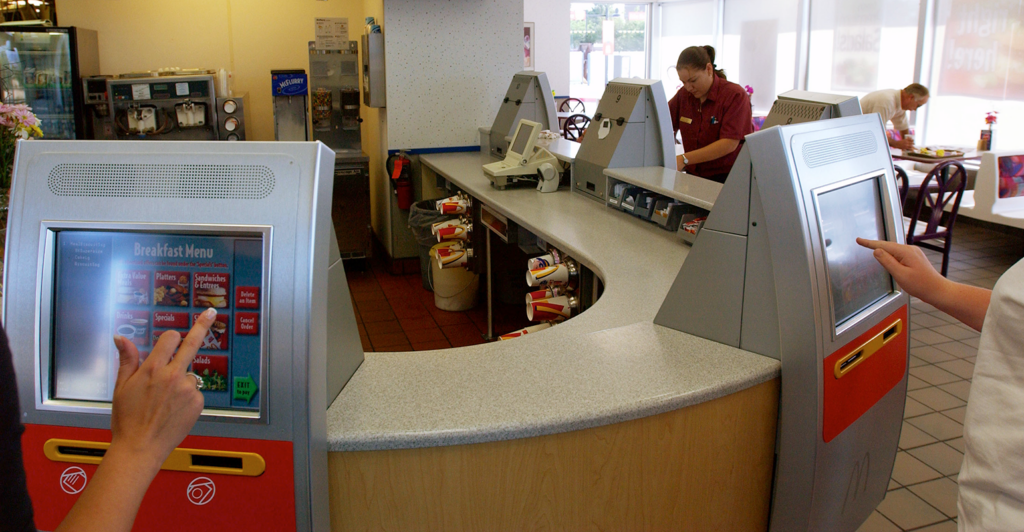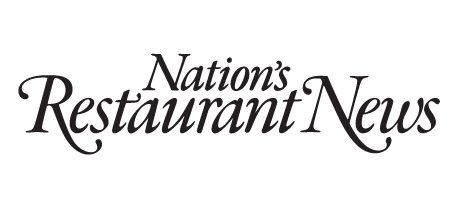MenuWise: Why you should optimize your menu communications using consumer research
No one knows more about the problems with your menu communications than your customers.
16 July 2024
Share this exclusive content from Saladplate

Photo Credit: Getty Images
No one knows more about the problems with your menu communications than your customers. They’re the ones who use (or don’t use) your menu communications every time they come to your store. By better understanding menu communications issues from those who use them most, you can objectively pinpoint and remedy specific problems that are holding back the optimization of all menu communications (which include digital menuboards, static menuboards, kiosks, mobile apps, web, and off-menuboard in-store communications).
This article addresses how both qualitative and quantitative research can be leveraged to identify opportunities for improvement, streamline menu offerings without jeopardizing sales or customer satisfaction, fine-tune pricing, and objectively validate the most effective optimization strategy for your menu communications.
Qualitative Research: Understanding consumer attitudes and usage of your current menuboard communications
This in-depth research is an effective way to understand how consumers are using your current menuboard communications; to recognize consumers’ attitudes toward their usage of menu communications on an absolute basis and as compared to the menuboards they encounter at competitive brands; and to ascertain attribute/benefit criteria that impact their attitudes, with an emphasis on identifying aspects that might be leveraged to drive higher ticket sales, promote the trial of new/different menu items, improve brand perceptions, and increase the speed of service.
Here’s the method.
A researcher conducts dozens of on-premises, one-on-one, in-depth interviews across several locations, spending a day in each location. To ensure a good cross-section of opinions and experiences, interviews are conducted throughout the day to capture and represent morning rush, midday, late afternoon, and dinner customers.
Potential respondents are recruited while they are in line waiting to place/receive their order. The interview would typically be conducted at a table in the store after they had received their purchase. Respondents are offered a gift card as an incentive to sit and chat with the researcher for approximately 20 minutes. Care is taken to recruit approximately equal numbers of men and women and a good representation of age groups consistent with the restaurant’s customer profile. Key to making the process productive, all respondents should be customers who regularly/occasionally use the menuboard for ordering. Customers who rarely/never use the menuboard will be excluded from participation.
During each interview, each participant is encouraged to freely and openly describe their feelings about the order process and how and why they use the menuboards. Hand-held copies of the menuboard help respondents explain what they like and dislike about them and refresh their memory (even though they had just placed and received an order). Open-ended probes would seek information about each customer’s ordering priorities, organizational preferences, and comparative experiences at other restaurant brands. And, to the extent that any preliminary strategies/ideas/improvements have already been identified by the brand, the last portion of each interview can be devoted to assessing consumer responses to these new strategies/ideas/improvements.
Quantitative Research: An effective way to consumer-evaluate alternative (optimized) menuboard strategies using the current menuboard as a control.
Here’s the method on this one.
Conduct an online survey among several hundred consumers matching your customer profile. On a systematically rotated basis, respondents are assigned to one of three monadic exposure cells, such that one-third sees the Current systemwide menuboard (which serves as a control), one-third is exposed to a Test menuboard, and one-third sees an alternative Test menuboard.
After spending as much time as desired, respondents are asked a short battery of questions to ascertain:
- What they would order from the menuboard in view
- Overall opinions of the menuboard and ease of finding what they wanted
- Ratings of the menuboard on a dozen or more attribute/benefit dimensions (ease of reading, value for the money, variety, quality, unique flavors, number of choices, amount of information, comprehension, etc.)
- How the menuboard affects interest in returning to the brand in the future
It should be noted that you can measure the amount of time that elapses from the respondent’s initial exposure to the menu until the respondent has placed their order.
Following exposure to one version of the menuboard, open and/or closed-ended questions can probe consumer response to and preference among specific new strategies you are exploring, e.g., nomenclature alternatives, alternative food/beverage photography, etc.
While you’re at it, simplify your menu using a TURF analysis
Regardless of the menuboard to which consumers have been exposed, respondents are asked to indicate from a list of all current, recent, and proposed menu items, with their respective prices, the items they would or would not consider ordering in the future. This would be followed by a question to indicate from that list what they would most likely order on each of four future visits to the restaurant. The data from these questions are fed into a TURF analysis (Total Unduplicated Reach and Frequency). This computer model objectively identifies the optimum combinations of menu items needed to satisfy the most consumers, versus simplifying your menu by the seat of your pants.
Include pricing analysis
Consumers can be asked to rate every menu item (with its price showing) on its perceived value for the money — e.g., to identify whether each item is a great value, a reasonable value, or overpriced. The analysis of this question provides direction for sharpening the focus on pricing and indicating the extent to which some prices might be raised while others need to be reduced.
Consumer research is a critical tool for improving menu communications
Too many brands overlook the value of getting customers involved when improving and optimizing menu communications. The process goes beyond getting input from management, marketing, and the creative team. Menu optimization benefits enormously by getting your customers directly involved — they’re the ones using your menu communications every time they come into your stores.

Source: Nation’s Restaurant News



